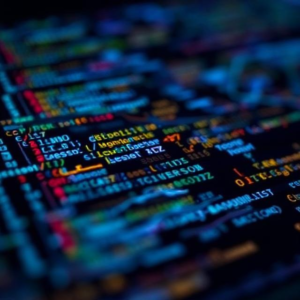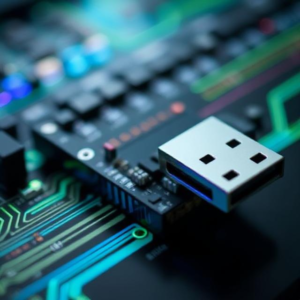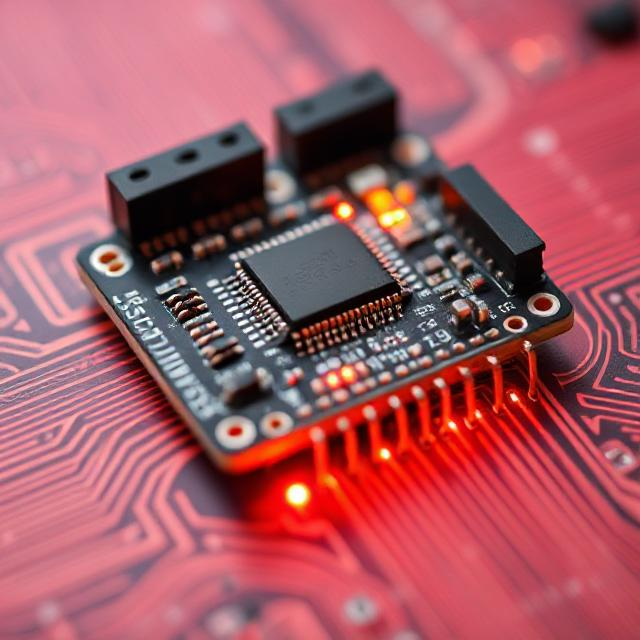Serialization and deserialization are important concepts in data communication, especially when dealing with high-speed serial data interfaces. Let’s break them down in a simple way:

What is Serialization?
Serialization is the process of converting data (like numbers, text, or complex objects) into a format that can be easily transmitted over a communication channel (such as a wire or wireless connection).
Imagine you have a complex object, like a list of items you want to send from one computer to another. Serialization takes that list and “flattens” it into a simpler form, like a sequence of bits or bytes, that can be sent through the communication channel.
Why serialize?
- Computers usually handle data in parallel (multiple bits at once), but when sending data over long distances or between devices, it’s often easier and more efficient to send data one bit at a time. This is called serial communication (as opposed to parallel communication, where multiple bits are sent simultaneously).
- Serialization helps in packing data into a stream of bits that can be sent one by one.
What is Deserialization?
Deserialization is the opposite process of serialization. It’s about taking the stream of bits that were sent over the communication channel and converting them back into their original, readable format (such as the list of items we mentioned earlier).
When the data arrives at the destination (like another computer or device), deserialization is used to “unflatten” the bits and recreate the original structure (such as a list, text, or object).
Why deserialize?
- Once the data is received, the device or program needs to understand it in a meaningful way (e.g., turning a sequence of bits back into a list or a readable string). Deserialization ensures that the data can be interpreted correctly and used by the receiving system.
How Does It Work in Practice?
Let’s break down a simple example to make it clearer:
- Serialization Example:
- Imagine you have a simple list of three numbers:
[5, 10, 15]. - You want to send this list over a wire from your computer to another.
- The process of serialization converts this list into a sequence of bits, for example:
1010 1100 1111 0001 0101... - These bits are transmitted one by one over the wire.
- Imagine you have a simple list of three numbers:
- Deserialization Example:
- On the receiving end, the sequence of bits (
1010 1100 1111 0001 0101...) arrives. - The deserialization process takes those bits and converts them back into the original list:
[5, 10, 15].
- On the receiving end, the sequence of bits (
Key Concepts in Serialization and Deserialization:
- Data Format: The way the data is converted (e.g., binary, text). Serialization often uses a standard format like JSON, XML, or a binary format.
- Efficiency: Serialization helps in making data transmission more efficient, especially when using high-speed serial links, because it’s easier to send bits in a sequence (serially) rather than in parallel.
- Compression and Encoding: Sometimes, before serialization, data is compressed to save bandwidth, and encoding schemes (like 8b/10b) are used to represent data reliably over long distances.
Why is Serialization and Deserialization Important?
- Communication: Most data transmission, whether over USB, PCIe, or Ethernet, uses serialization to convert data into a format that can be efficiently transmitted over the physical medium.
- Data Integrity: The process ensures that data can be sent in a way that allows it to be received and reconstructed correctly, without errors or loss.
- Optimization: Serialization and deserialization help in reducing the overhead of transferring large amounts of data across networks or between devices, especially in embedded systems or when using wireless technologies.
Example of Serialization in High-Speed Data Interfaces:
- PCIe (Peripheral Component Interconnect Express): When you transfer data between a CPU and a storage device, serialization is used to send the data as a stream of bits over multiple lanes. The CPU sends bits one after another, and the receiver deserializes it to reconstruct the original data.
Summary:
- Serialization is converting data into a sequence of bits for transmission.
- Deserialization is converting that sequence of bits back into the original data at the receiving end.
- These processes are key to high-speed serial communication systems, making it possible to send data efficiently and accurately from one point to another.











